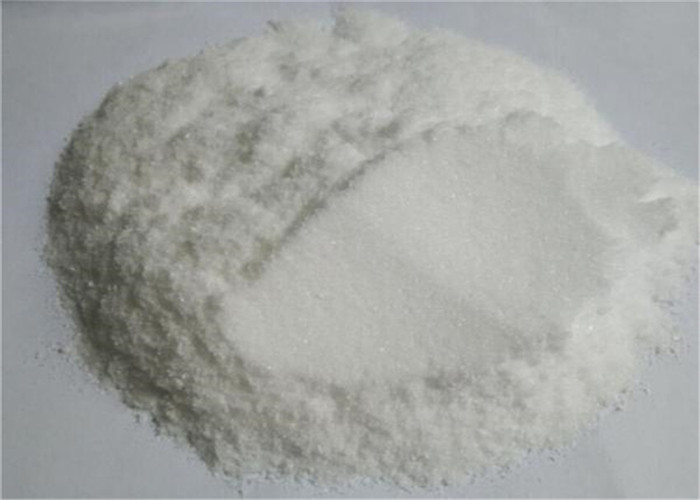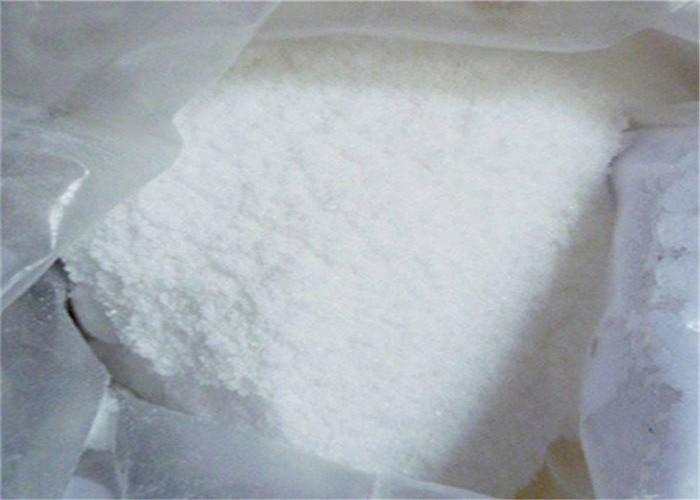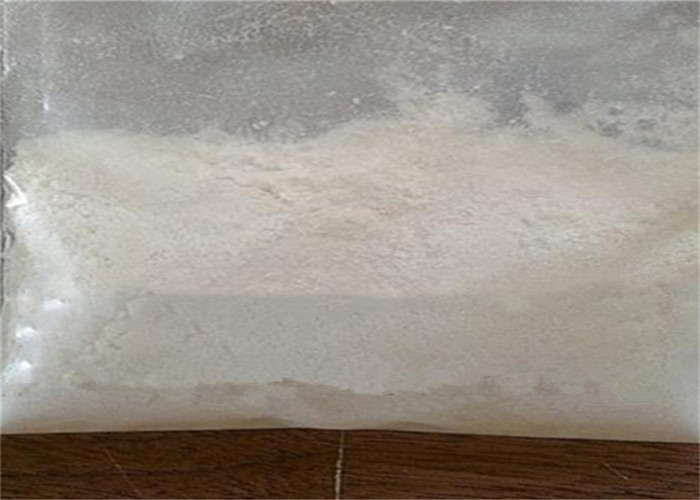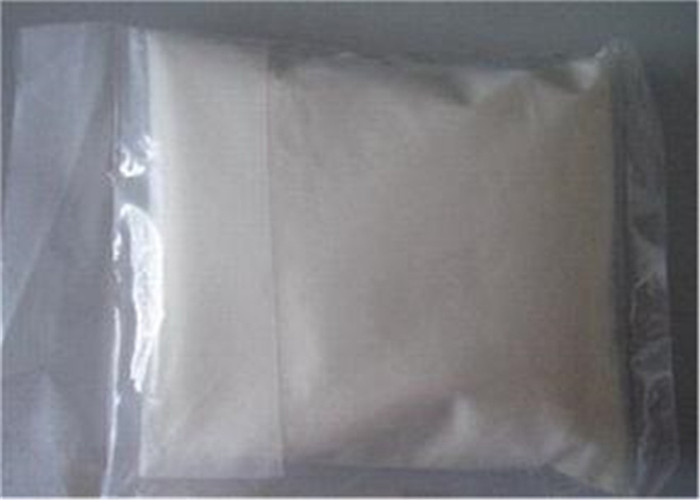| Glaucoma Drug |
Bimatoprost is a synthetic amide F2α derivative ,it can selectively simulate the effect forefront amines produced by the body, which make aqueous humor production rate increase aqueous outflow resistance is reduced, by increasing the amount of aqueous outflow of the uveoscleral and trabecular Netcom channel to reduce intraocular pressure (IOP),it is considered to be the most effective hypotensive drug of topical ocular anti-glaucoma drugs,it is suitable for the treatment of open-angle glaucoma (POAG) or invalid elevated intraocular other ocular hypotensive medications compression syndrome (OHT) pacientes. |
| Efectos secundarios |
1. to deepen the color of the iris, blepharitis, eye irritation and pain; black eyelashes thicker growth; conjunctival hyperemia, temporarily punctate corneal epithelial erosion, eyelid edema and erythema; erupción.
2. rare respiratory disorders, asthma exacerbations, iritis, uveitis, eyelid skin darkening.
3. very rare chest pain, pharyngitis.
4. eye itching, allergic conjunctivitis, catarata, conjunctival edema, secretions, photophobia, superficial punctate keratitis, dolor de cabeza, Alta presión sanguínea. |
| Glaucoma commonly used drugs |
1. prostaglandin derivatives such as latanoprost (Xalatan), bimatoprost (trade name Lumigan) and travoprost (Travatan) can increase outflow of aqueous humor uveoscleral . Bimatoprost also increases trabecular outflow.
2. topical β-adrenergic such as timolol, levobunolol (Betagan), and betaxolol can decrease receptor antagonist of aqueous humor production of ciliary body .
3. Alpha2-adrenergic agonists such as brimonidine (Alphagan) with dual working mechanism, can reduce aqueous humor production and increase trabecular outflow.
4. one case of the selective reduction similar to epinephrine and dipivefrin (Propine) increase outflow of aqueous humor through trabecular meshwork and possibly through uveoscleral outflow pathway, probably by a β2-agonist action.
5. miotic agents (parasympathomimetics), if ciliary muscle contraction Roca works, it can tighten the trabecular and allow increaseing outflow of aqueous humor. Ecothiopate is used for chronic glaucoma.
6. dorzolamide (Trusopt), brinzolamide (Azopt), by inhibiting carbonic anhydrase acetazolamide of ciliary body, reduce aqueous humor secretion of carbonic anhydrase inhibitors.
7. Physostigmine is also used to treat glaucoma and delayed gastric emptying. |
| bimatoprost – timolol maleate compound eye drops |
En julio 2006 , bimatoprost-timolol maleate compound eye drops developed by the United States company obtained approval from the European drug regulatory authority for reducing intraocular pressure or ocular hypertension of open-anglepatients glaucoma patients who do not respond adequately to the β-blockers or prostaglandin like treatment .
The compound eye drops containing 0.03% bimatoprost and 0.5% timolol maleate, once a day administration is able to provide clinically effective pressure control, the effect is better than single Bima latanoprost or timolol maleate. Clinical trials prove that the drug has an excellent tolerability, including the incidence of ocular hyperemia40% lower compared to single bimatoprost . |
| Propiedades químicas |
Sólido cristalino |
| Usos |
Antiglaucoma. Synthetic prostamide; structurally related to prostaglandin F2a. |
| Usos |
Antiglaucoma. Synthetic prostamide; structurally related to prostaglandin F2α. |
| Usos |
Bimatoprost is a prostaglandin analog used topically (as eye drops) to control the progression of glaucoma and in the management of ocular hypertension. It reduces intraocular pressure (IOP) by increasing the outflow of aqueous fluid from the eyes. It ha |
| Usos |
Bimatoprost is an antiglaucoma agent. Bimatoprost is an synthetic prostamide; structurally related to prostaglandin F2α. |
| Usos |
17-phenyl trinor Prostaglandin F2α ethyl amide (17-phenyl trinor PGF2α ethyl amide) is an F-series PG analog which has been approved for use as an ocular hypotensive drug. Investigations in our lab have shown that 17-phenyl trinor PGF2α ethyl amide is converted by an amidase enzymatic activity in the bovine and human cornea to yield the corresponding free acid, with a conversion rate of about 40 μg/g corneal tissue/24 hours. The free acid, 17-phenyl trinor PGF2α, is a potent FP receptor agonist. In human and animal models of glaucoma, FP receptor agonist activity corresponds very closely with intraocular hypotensive activity. |







